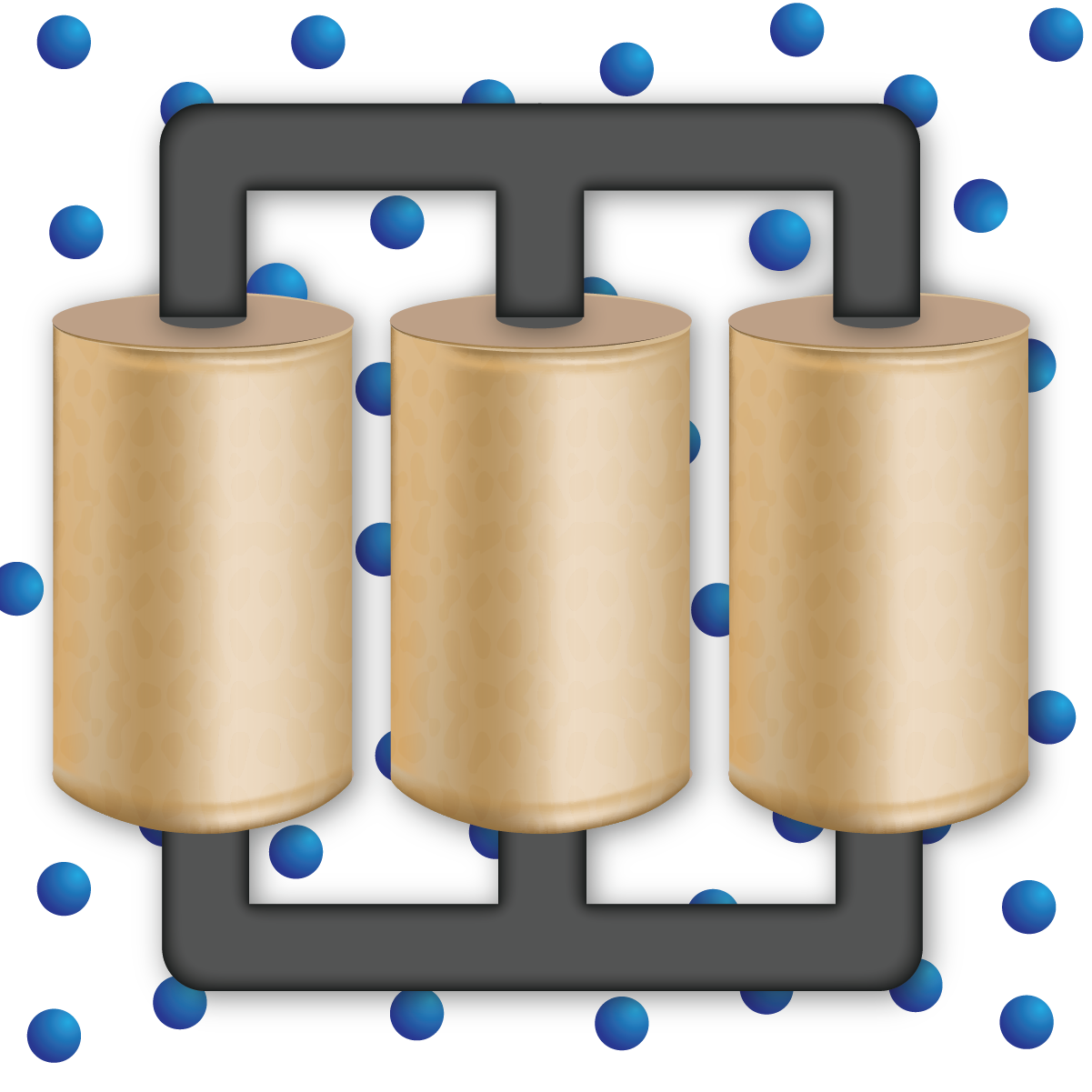
This Exploratory Topic seeks to explore vital insulating elements in large power transformers (LPTs) to increase their durability, reliability, and resilience. Projects under this topic will work to develop technical solutions related to increasing the life expectancy of the transformer, including high-performance solid insulation materials, advanced insulating fluids with improved dielectric strength, thermal conductivity and aging performance, and dielectric insulation rejuvenating additives.
Transformers are a key part of the power transmission-distribution system. Across all generation sources, transformers perform the basic essential function of voltage conversion by either stepping-up or stepping-down voltage for efficient transmission between power generation sources and the end-user. With this essential role, transformer failure remains a central risk issue with the most common cause being insulation degradation/failure in the transformer itself. These insulation failures often are the result of electrical, mechanical, and thermal issues, and teams under this Exploratory Topic will work to directly address these threats to transformer resiliency.
Program Director(s)
Dr. Isik Kizilyalli
Projects Selected Within This Exploratory Topic
GENERAL ELECTRIC GLOBAL RESEARCH
ULTRA-HIGH-PERFORMANCE NANO-LIQUID INSULATION FOR UPGRADING LARGE POWER TRANSFORMERS (UPLIFT)
The average age of large power transformers (LPTs) currently operating in the U.S is 40 years, with 70% older than 25 years. Insulation failure contributes to more than 60% of LPT failures, costing the U.S. over $18 billion annually. To improve transformer life, GE Research will develop a long-term stable nanofluid dielectric to double the service life of current LPTs to at least 80 years. GE’s TiO2-based nanofluid will replace the conventional transformer insulating fluid and is expected to improve thermal conductivity by >25% and enhance dielectric strength by at least 50%. Additionally, to prevent the deleterious effects of moisture in the insulating fluid, a soluble water-scavenger will be added to the nanofluid to reduce water content by about 50%. Both of these improvements in the transformer insulating fluid will lead to extended LPT service life.
UNIVERSITY OF TEXAS AT AUSTIN
NANOTECHNOLOGY-ENABLED TRANSFORMER LIFE EXTENSION
University of Texas at Austin (UT- Austin) will use novel nanotechnology to develop a power transformer capable of operating for 80 years, increasing U.S. grid reliability. Key elements of UT- Austin’s research includes (1) the development and synthesis of cellulosic material and nano-additives (boron nitride, oxides) for paper and pressboard, (2) use of validated high-fidelity models to predict the thermal and electrical performance and life of transformers, (3) refurbishing a transformer to assess the impact of new materials, and (4) scale-up manufacturing of down-selected nanomaterials.
C-CRETE TECHNOLOGIES
COLLOIDALLY ULTRASTABLE, HIGHLY INSULATING, AND THERMALLY CONDUCTIVE NANOFLUID FOR LARGE POWER TRANSFORMERS
The key cause of transformer failure is overheating, which becomes more likely over time due to breakdown of mineral oil, an important transformer heat dissipation and insulating component. C-Crete Technologies will integrate advanced surface chemistry, colloidal engineering with high-throughput characterization, and standardized testing to develop insulating nanofluids for large power transformers (LPTs), with a projected lifetime greater than 80 years. The core of the technology is based on mechanochemical exfoliation of 2D hexagonal boron nitride nanoparticles with tailored surface functionalization for indefinite colloidal stability in mineral oil using a simple and economical method compatible with LPTs. The nanoparticles will improve the thermal conductivity performance of the mineral oil by orders of magnitude leading to extended LPT service life.
